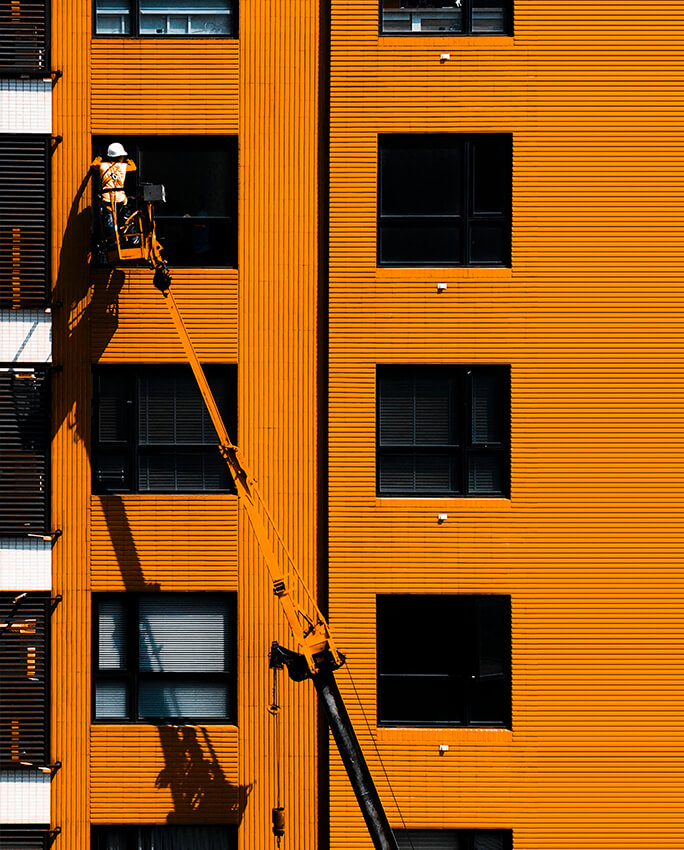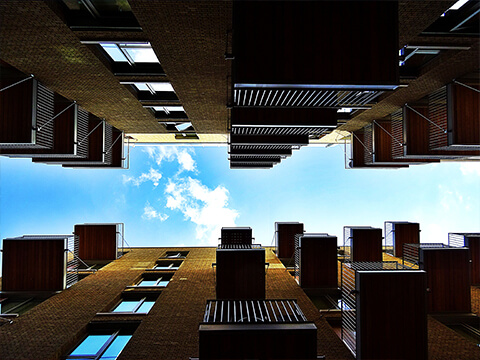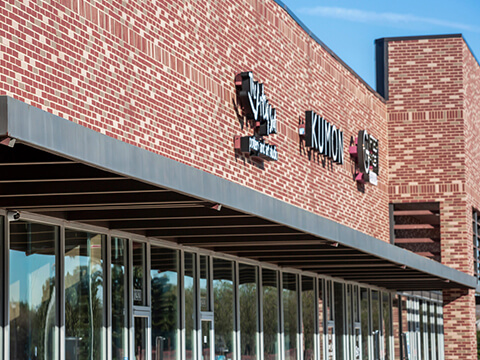 When an individual or a corporation owns and operates commercial real estate, they’re usually also responsible for property maintenance. Maintenance is important and cannot be ignored or safely deferred.
When an individual or a corporation owns and operates commercial real estate, they’re usually also responsible for property maintenance. Maintenance is important and cannot be ignored or safely deferred.
There are two types of maintenance. The first consists of ongoing maintenance programs. This refers to the building maintenance that is done on an ongoing and regular basis. It’s simply day-to-day maintenance. For example, HVAC systems are periodically inspected. Elevators and escalators are inspected on a regular basis. Light bulbs are changed in the common areas. Plumbing fixtures are inspected for leaks. Office locks can be changed when there a tenant leaves.
These kinds of items are done on a continuing basis and repairs and maintenance are done as needed. The other type of maintenance is work done on an immediate or emergency basis. Problems resulting from accidents or disasters would be included in this group. Unusual problems such as graffiti on the building or vandalism would also be included.
It is important to have a system in place to handle the maintenance needs of commercial real estate. An on-site maintenance department adds immediate value to a building and also helps preserve the long-term value and desirability of the facility. Regular maintenance inspections can also prevent a tenant from making unauthorized leasehold improvements to the property.
There are additional advantages to an on-site dedicated maintenance department.
Tenants have a contact to call when maintenance is needed. This means that the building owners can have greater control over work being done. Maintenance can then call in an outside contractor of their choice when needed. This is preferable to tenants calling in a variety of contractors of their choosing.
Tenants do not have to wait for a maintenance man to show up or fit their needs into someone else’s availability. The building owners can better control the timing and quality of work being done.
Having a maintenance department means staff, tools and many basic supplies are available. This means maintenance work could cost less and there could be consistency in supplies and methods used to effect repairs.
The greatest advantage of having a maintenance department is that problems are taken care of while they are small or are first discovered. This lessens the chance of them becoming major disasters.
Reliable maintenance allows the owners to maintain rents at a market rate. Rental rates do not have to be reduced to account for problems in a building. On-site maintenance is something tenants often want and can be presented to set the building apart from other buildings where there is not a dedicated on-site staff.
There are some functions that can be moved supervised or managed by a building manager or a maintenance manager. In addition to special projects, landscaping and snow removal can be contracted out. If that is the case, building management and maintenance departments do not have to maintain staff and equipment for seasonal needs.
Maintaining a building in good repair has additional benefits. Keeping common areas in good repair can reduce accidents tenants might have that ultimately can reduce liability insurance premiums. This also includes testing and maintaining alarm systems.
Good repair makes the building more desirable and attractive. Tenants will often leave a building when repairs and maintenance are not managed on an ongoing basis. Lower turnover translates directly into lower costs and profitability.
Ongoing maintenance protects the owner’s investment in the building. While buildings depreciate over time and have a tendency to show their age, on-going maintenance can help present an attractive appearance to current and prospective tenants.
One advantage and use of an ongoing maintenance program is that building maintenance is often the informal eyes and ears of management. Building management can resolve issues before they are problems.






